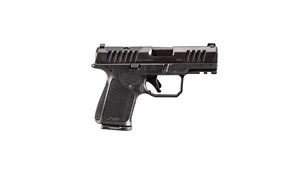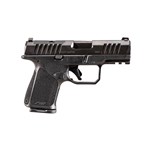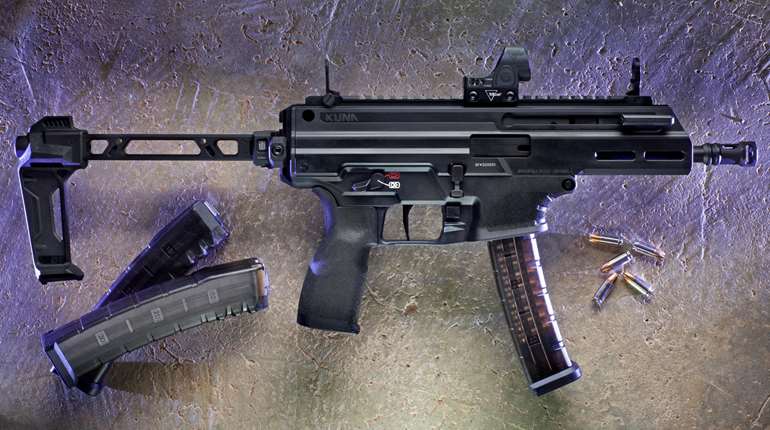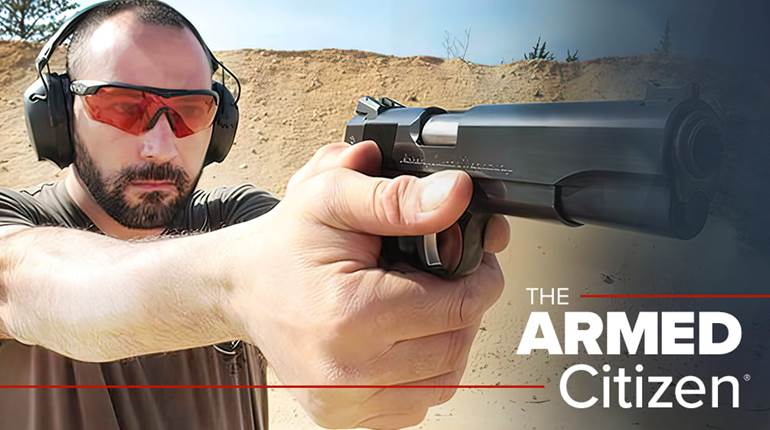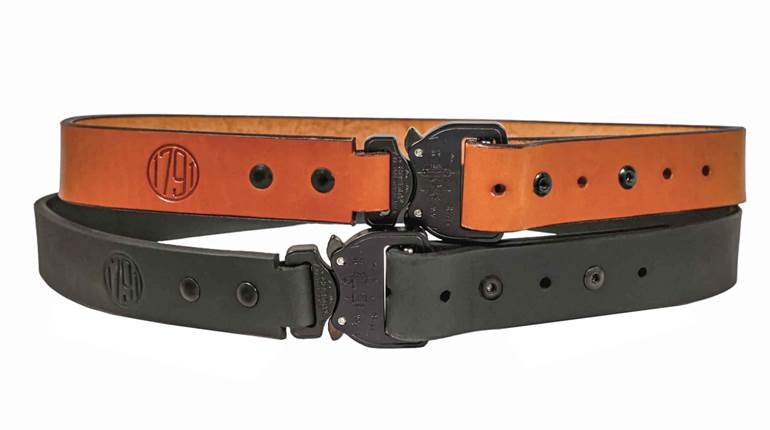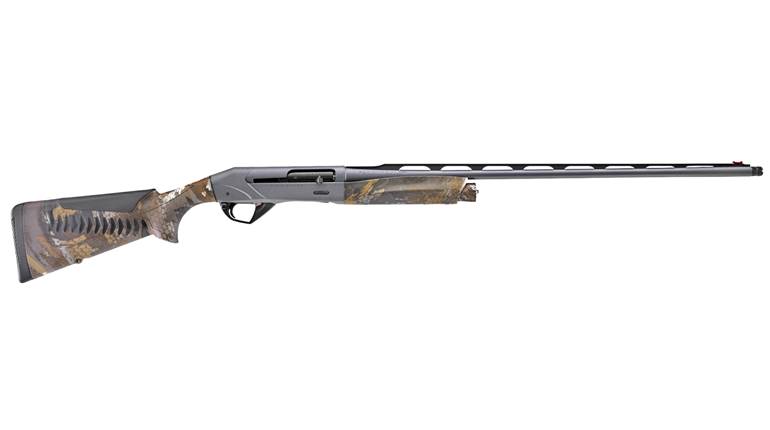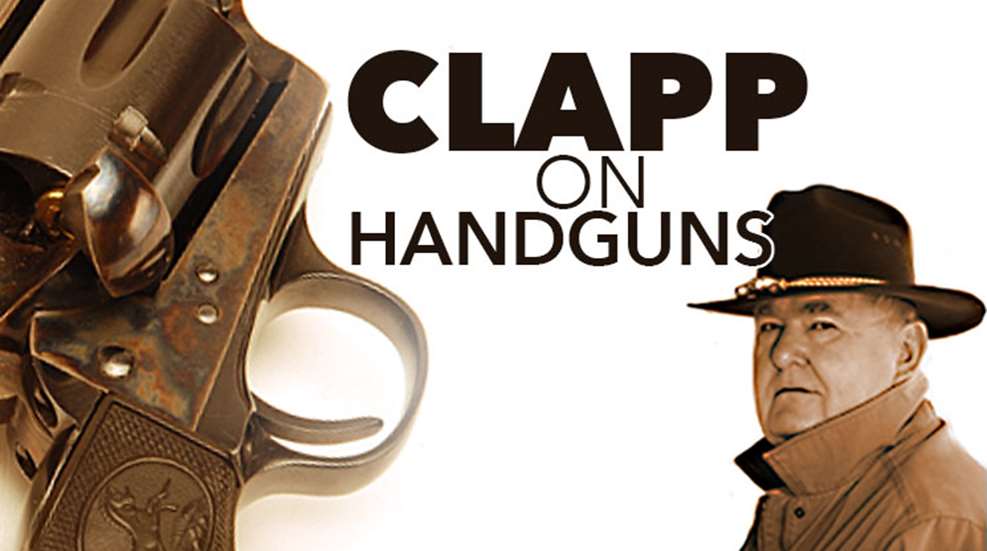
We are at a point in the history of the automatic pistol when the classic hammer lockwork of such guns as the 1911 is not being used as much as a striker-fired system like the Glock. Please understand that both work quite well and I am not particularly advocating either. In both types, a rod with a small rounded tip hits the primer in the cartridge to begin the firing cycle. The trigger that allows either system to work may be single-action-only (SAO), double-action-only (DAO) or both (usually an initial DA followed by a series of SA ones).
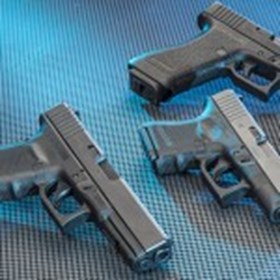 The current favorite seems to be the DAO, where trigger pressure finishes all or some part of cocking action, then releases the striker or hammer to fire a shot. Twin functions equals double-action. However, some of the newer striker guns are arranged to be completely cocked, and a true single-action trigger is the result. Virtually all of the striker-fired pistols have passive internal safeties in the event of a dropped or otherwise ill-handled gun. Part of the trigger action is clearing these safeties and that is often lumped in with the actual trigger firing. This can be confusing.
The current favorite seems to be the DAO, where trigger pressure finishes all or some part of cocking action, then releases the striker or hammer to fire a shot. Twin functions equals double-action. However, some of the newer striker guns are arranged to be completely cocked, and a true single-action trigger is the result. Virtually all of the striker-fired pistols have passive internal safeties in the event of a dropped or otherwise ill-handled gun. Part of the trigger action is clearing these safeties and that is often lumped in with the actual trigger firing. This can be confusing.
There are several advantages to a striker system. Not the least of these is simple mechanical efficiency. There is a certain amount of kinetic energy developed by a recoiling slide and that is true of whatever trigger action or operating system the gun has. If the pistol has a striker that must be cocked for the next shot, the gun can be arranged to do that when the slide is fully to the rear. A simple catch stops the movement of striker in the slide and the pistol is cocked-or sometimes just partially cocked. This is pretty interesting, but not the biggest advantage of the striker.
The striker is fairly compact and in line with the bore axis of the gun-it uses space efficiently. If there is a hammer back there, the design demands space for a hammer spring on a strut, and space for the hammer to pivot. This almost always causes the gun to sit well above the line along which the pistol recoils. In other words, it is harder to recover from recoil and fire another shot.
Most of my active shooting life had been with the guns of earlier times-hammer fired and with single-action triggers. I am accustomed to shooting them, but all objectivity forces me to admit that the newer, striker-fired guns with DAO triggers are very efficient machines and can produce excellent results with diligent training.










